THÉO VAN RYSSELBERGHE (1862-1926)
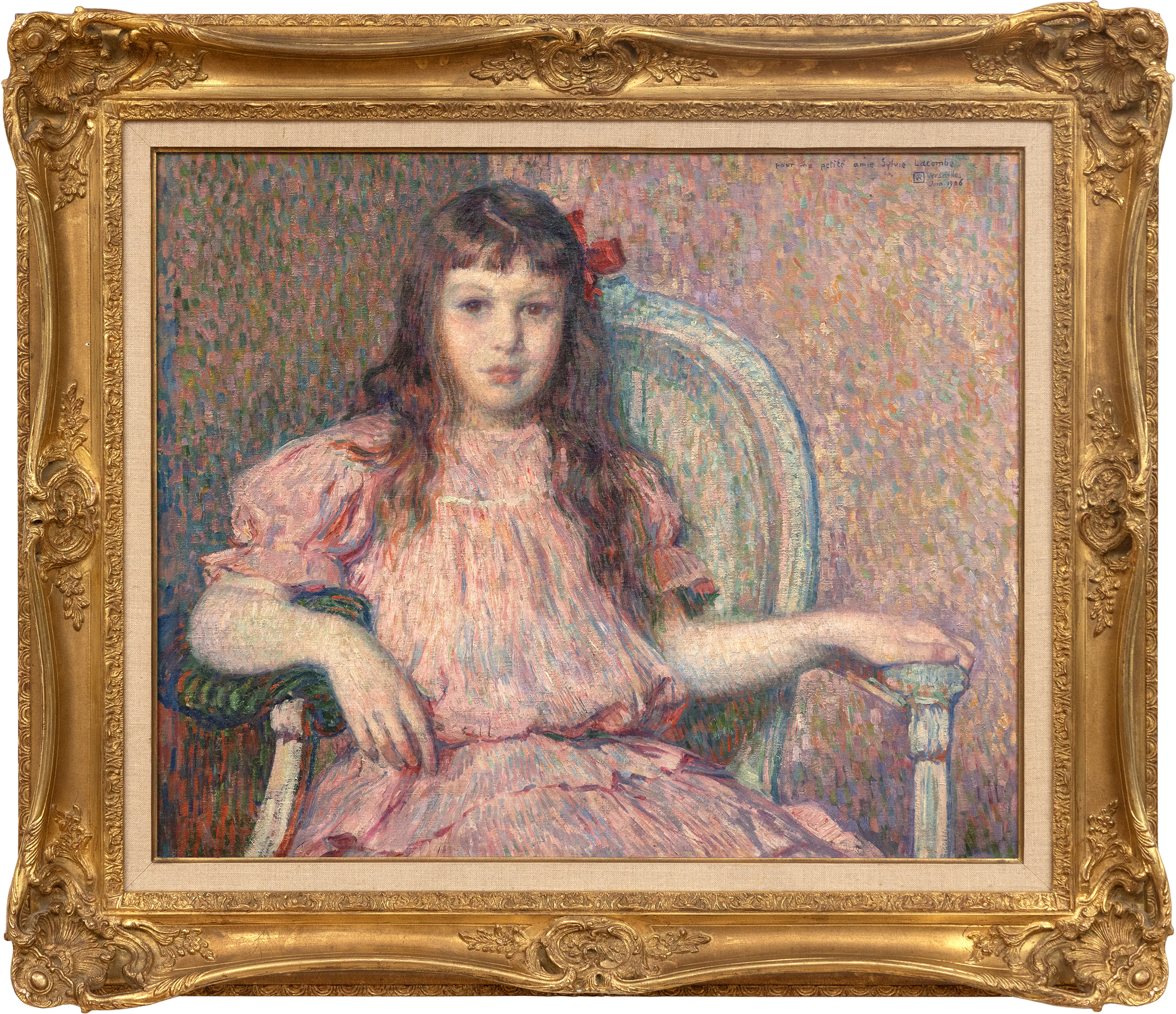
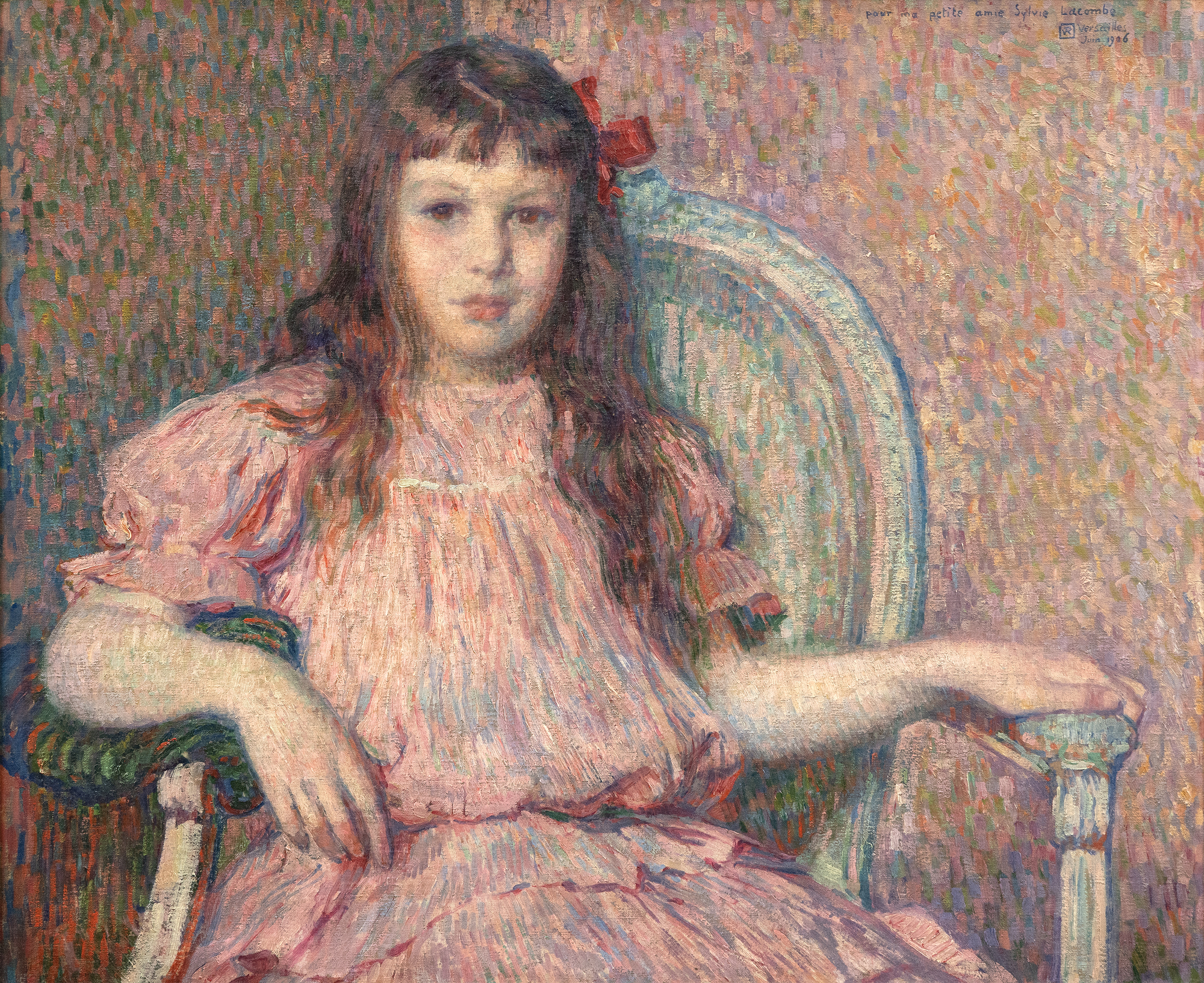
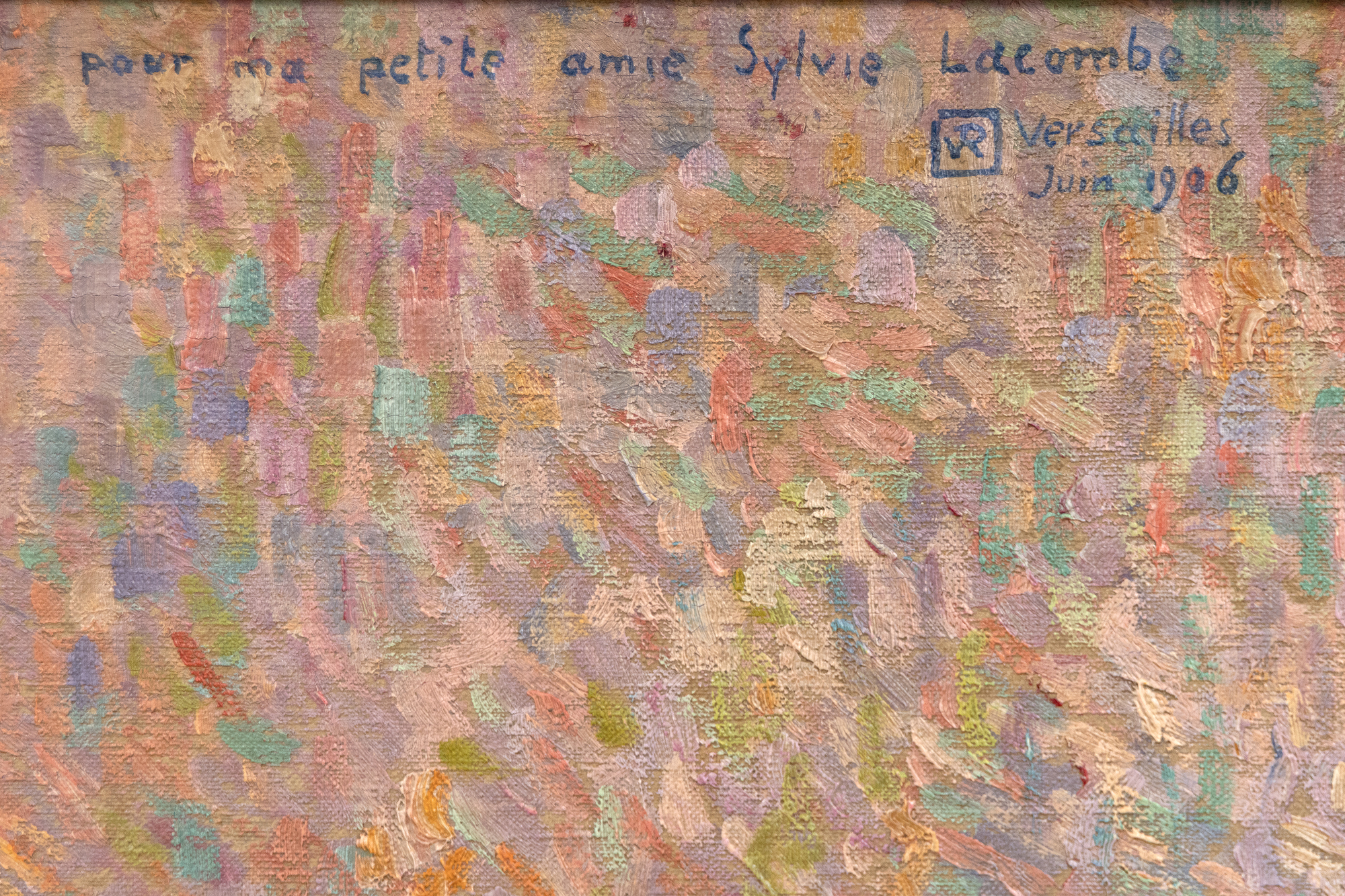
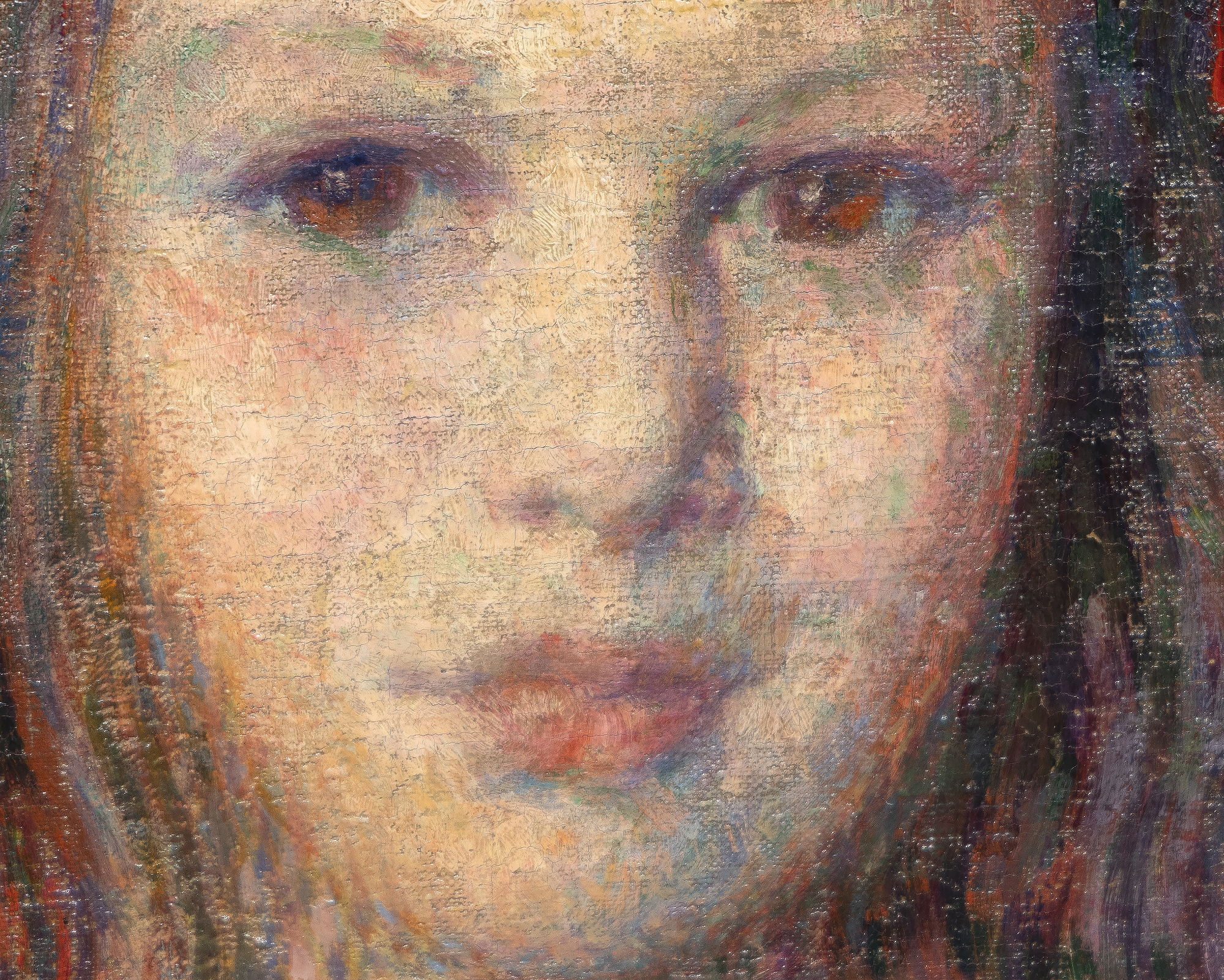
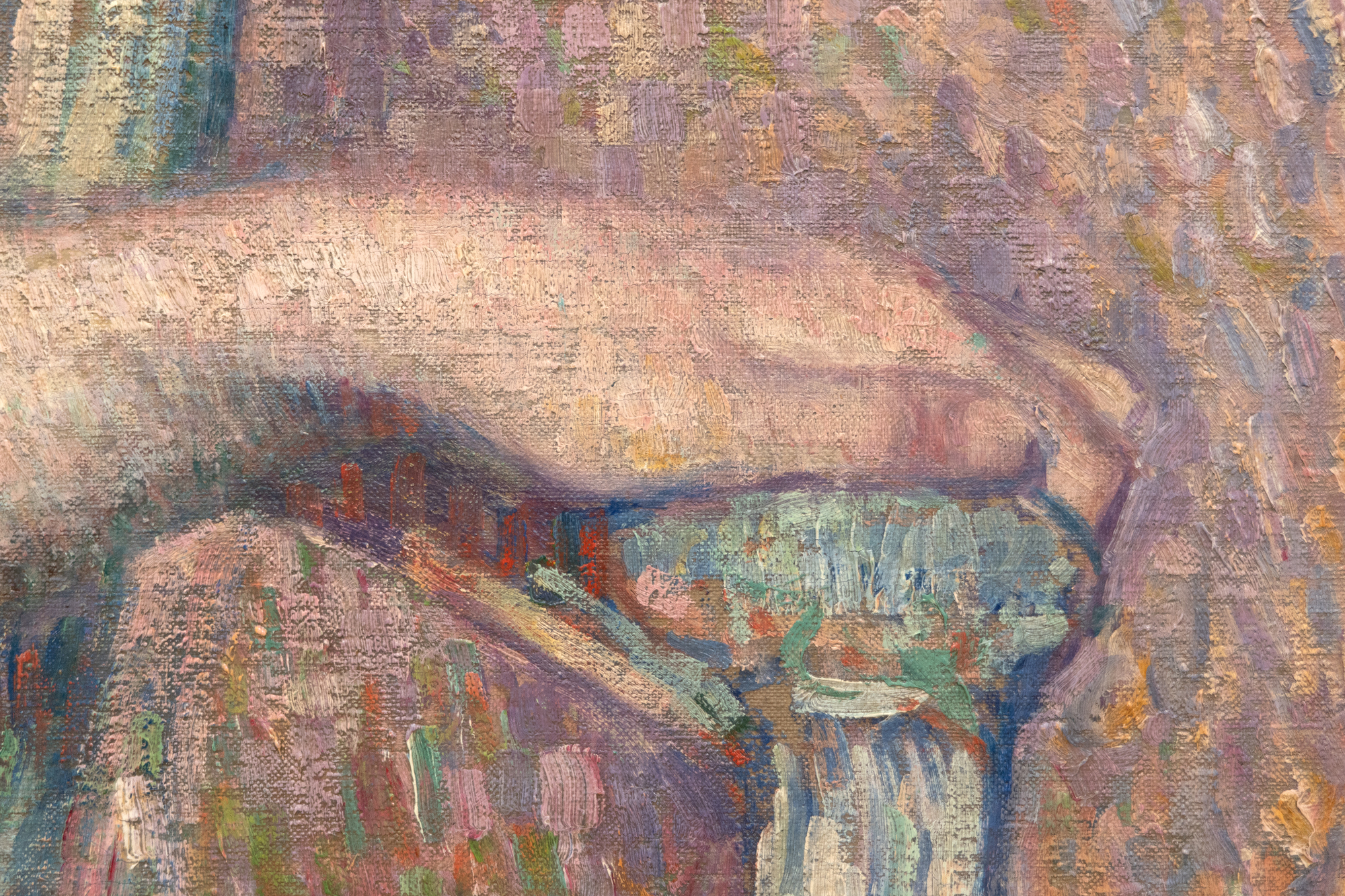
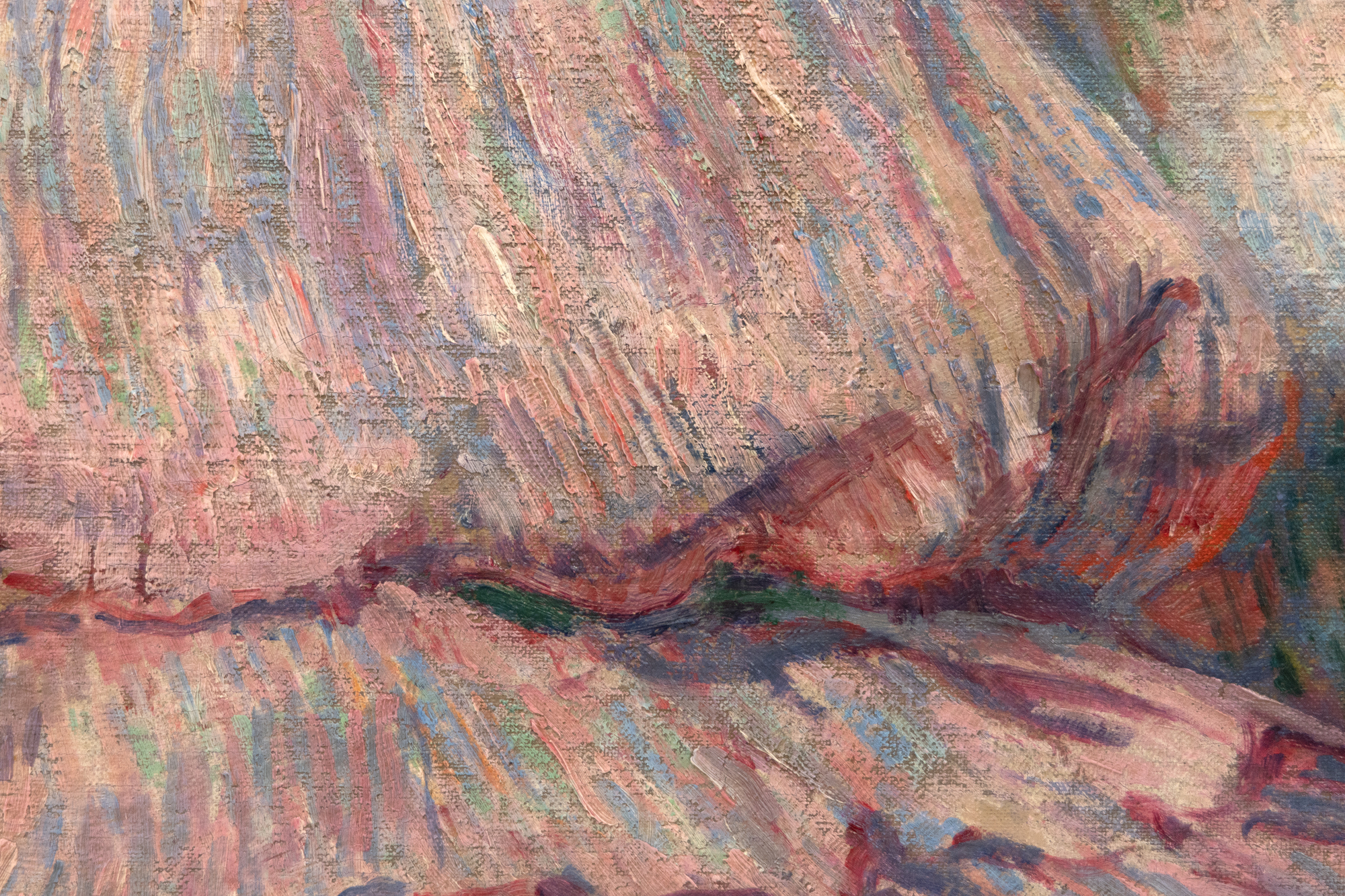
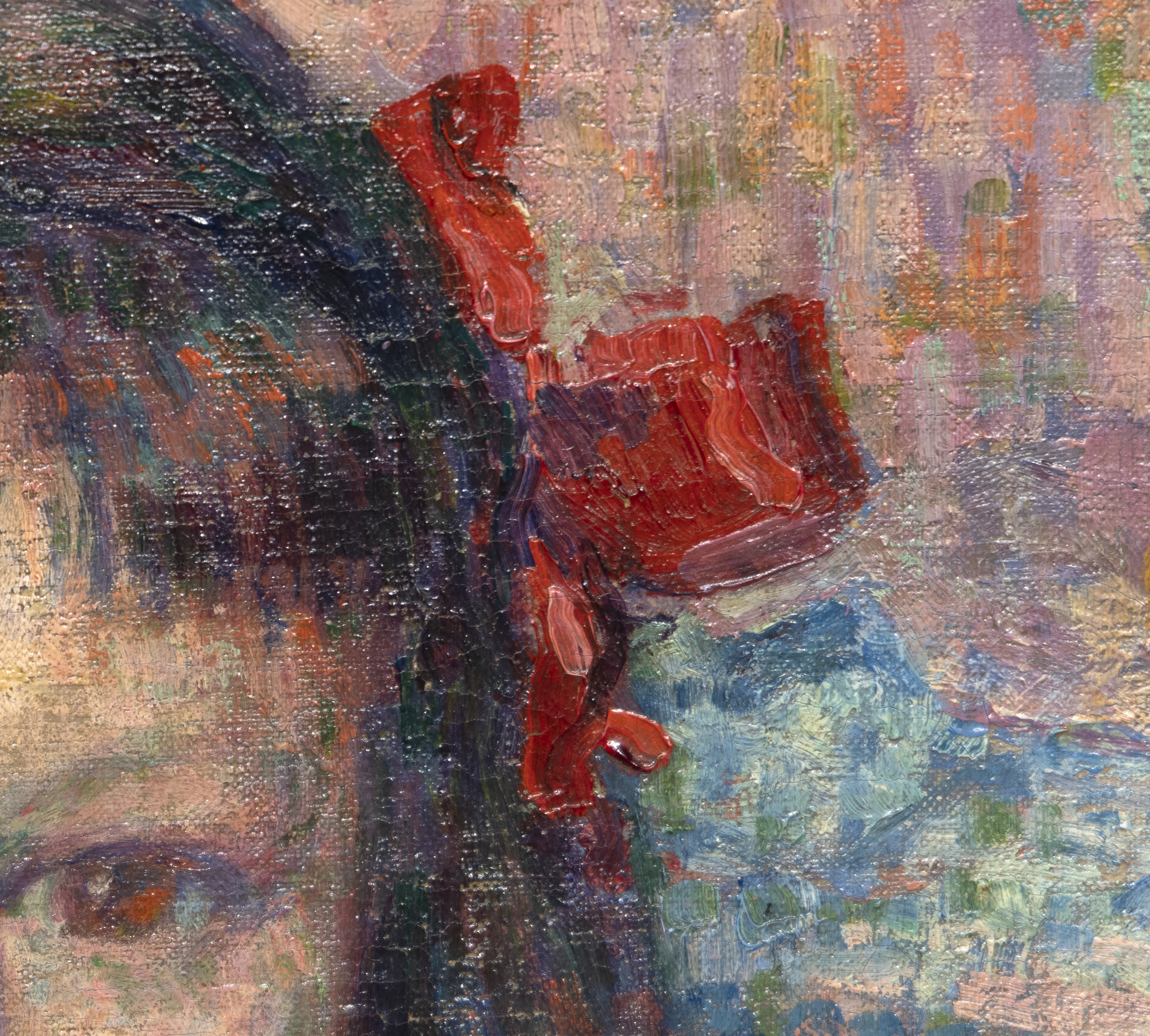
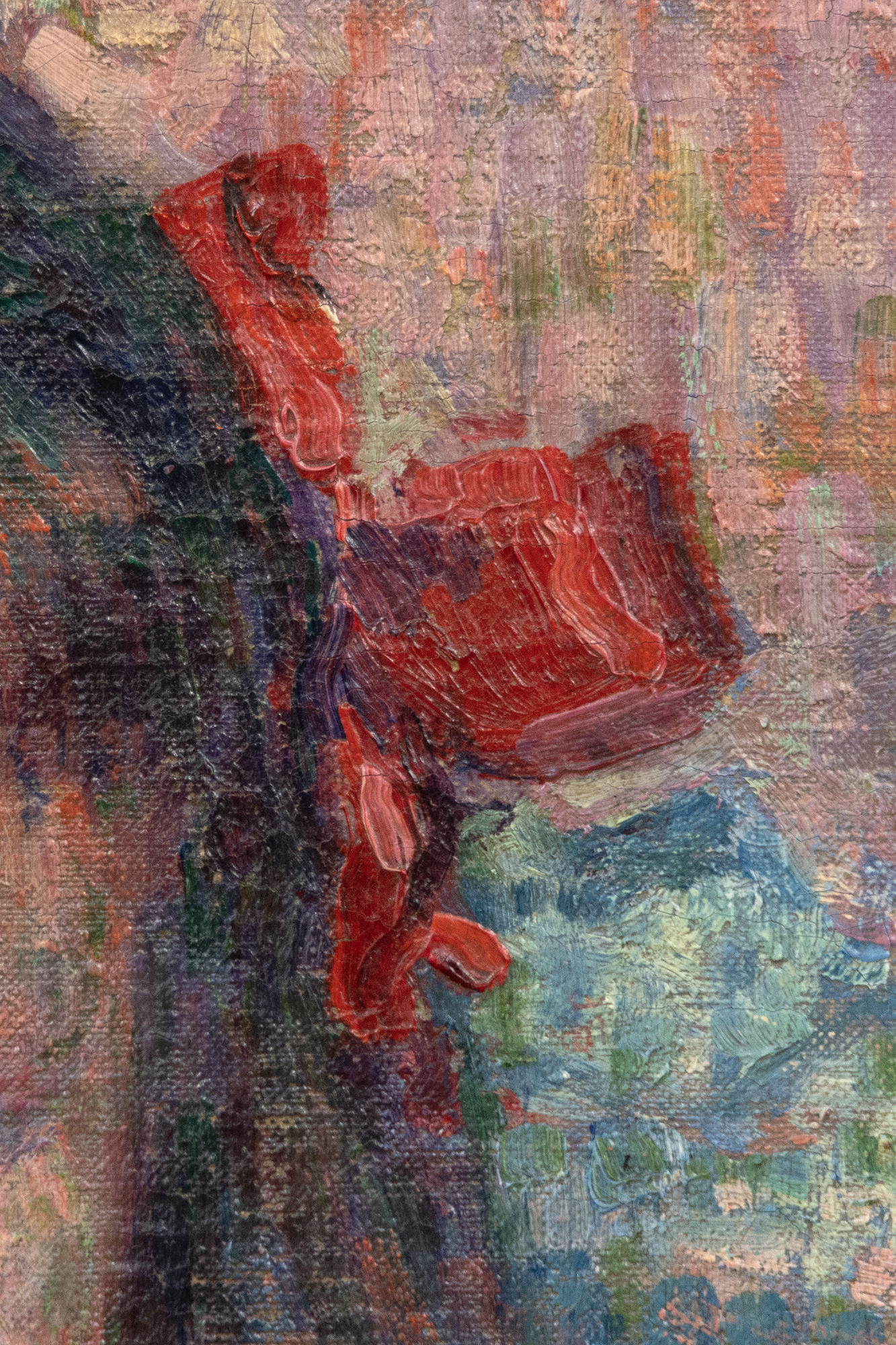
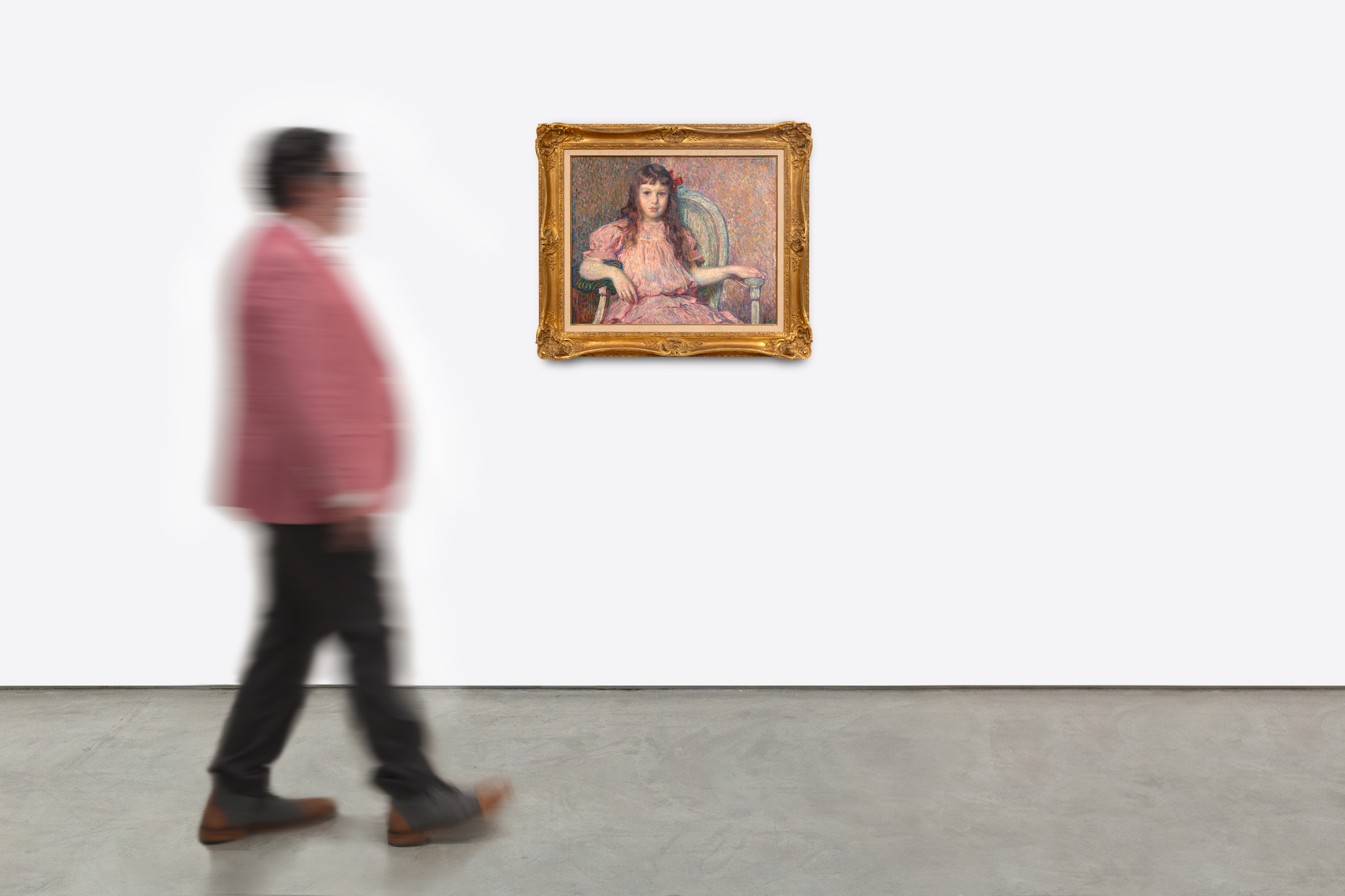
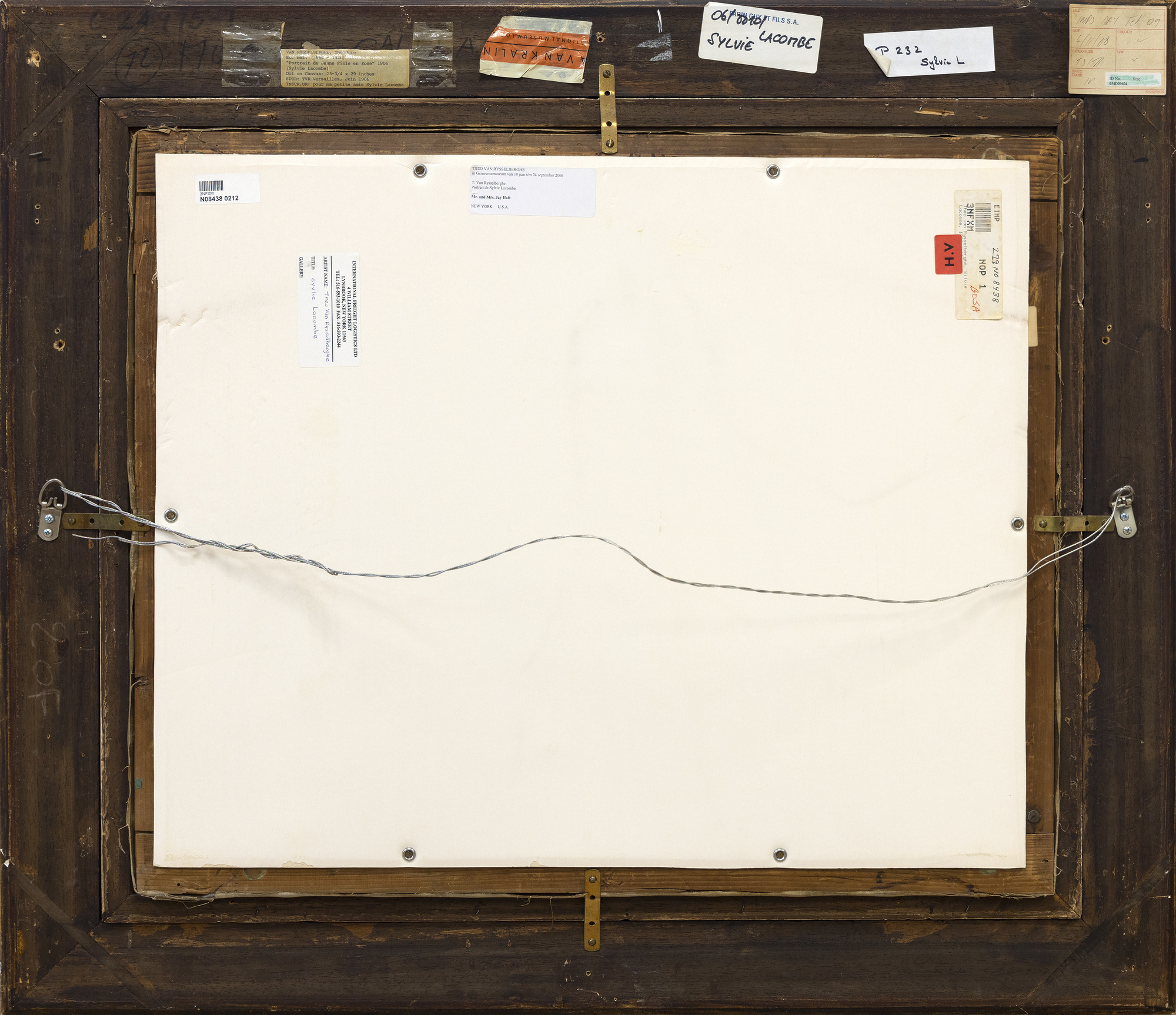
Provenance
M. LacombePaul Gal.
Hammer Galleries, New York
Nathan Bernstein
Private Collection (purchased from above early 1990’s)
Exhibition
Brussels, Centre for Fine Arts Brussels; The Hague, Gemeentemuseum, Théo Van Rysselberghe, 2006, p. 259, illustrated p. 232Literature
Ronald Feltkamp, Théo Van Rysselberghe. Catalogue Raisonné, Brussels, 2003, no. 1906-016, illustrated p. 358.Brussels, Centre for Fine Arts Brussels; The Hague, Gemeentemuseum, Théo Van Rysselberghe, 2006, p. 259, illustrated p. 232.
Price375,000
History
Théo van Rysselberghe’s Portrait de Sylvie Lacombe, painted in 1906, is a classic masterwork by one of the most refined and consistent portrait painters of his time. The color is harmonious, the brushwork vigorous and tailored to its material task, her body and countenance true and revealing. The sitter is the daughter of his good friend, the painter Georges Lacombe, who shared a close association with Gauguin, and was a member of Les Nabis with artists Bonnard, Denis, and Vuillard, among others. We now know about Sylvie Lacombe because Van Rysselberghe is so skilled at rendering subtle facial expressions and through careful observation and attention to detail, provided insights into her inner world. He has chosen a direct gaze, her eyes to yours, an inescapable covenant between subject and viewer regardless of our physical relationship to the painting. Van Rysselberghe had largely abandoned the Pointillist technique when he painted this portrait. But he continued to apply color theory guidelines by using tints of red — pinks and mauves — against greens to create a harmonious ameliorated palette of complementary colors to which he added a strong accent to draw the eye – an intensely saturated, red bow asymmetrically laid to the side of her head.
MARKET INSIGHTS
- Three of Van Rysselberghe’s top ten sales at auction occurred in the last three years.
- Half of his top ten sales at auction occurred in the last six years.
- Nine of his top 20 sales at auction are portraits.
Top Results at Auction
Comparable Paintings Sold at Auction
- This portrait would bring a significantly higher amount if put to auction in 2023.
- A highly desirable portrait, extensively documented and exhibited.
- Comparable quality to our portraits.
Paintings in Museum Collections
Image Gallery
Authentication
Ronald Feltkamp, Théo Van Rysselberghe. Catalogue Raisonné, Brussels, 2003, no. 1906-016, illustrated p. 358.
View Catalogue Raisonné
Inquire
You May Also Like










































